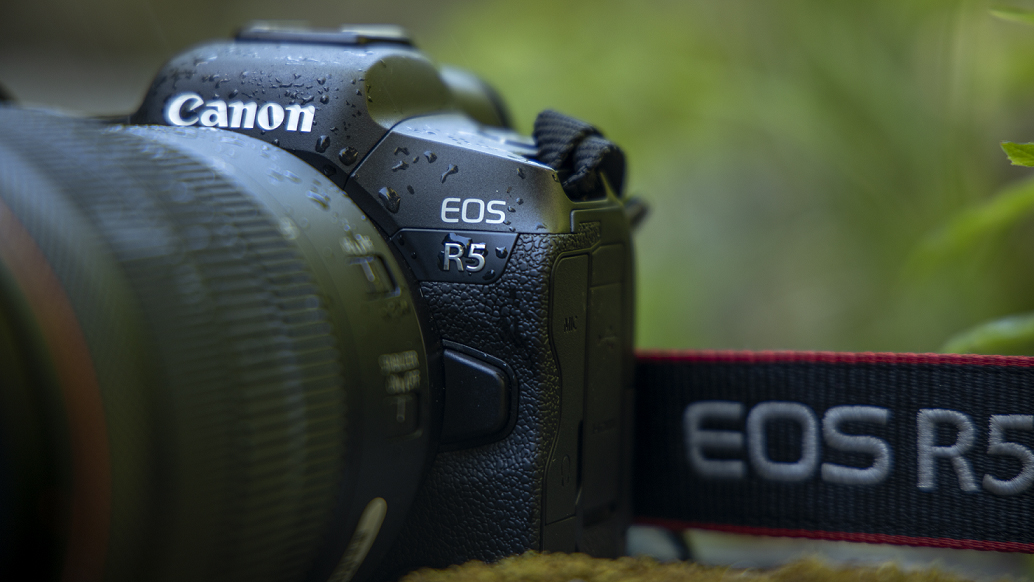
Every so often you get an absolute mic-drop of a product launch – and the Canon EOS R5 feels like that moment for cameras.
I'm a video director who runs a small production company (Belafonte, if you're interested) and normally dismiss the hype about new video cameras, in favor of making my own (usually more reserved) judgements. But this is the first time in a long time that I've been super-excited about a new camera.
The Canon EOS R5 is a game-changer that is, on paper, more than capable of being used on big budget TV and film productions. The combination of its size and skills (8K video, in particular) are completely unprecedented.
But it's also overkill for most people. For reasons I'll go into, it would never be our main camera and there are plenty of more suitable options for amateur videographers. Before we get into that, here's why it's such an exciting video tool and how its skills might be harnessed by pros.
Magic 8-ball
The ‘5’ in the EOS R5's name feels like a cute little nod to the Canon EOS 5D Mark II; the camera that launched a thousand film careers and brought cinematic depth of field to the masses.
The EOS R5 is a similar landmark moment. It's hard to know where to start with its headline features, but the obvious one is 8K Raw internal recording. It's a really big deal.
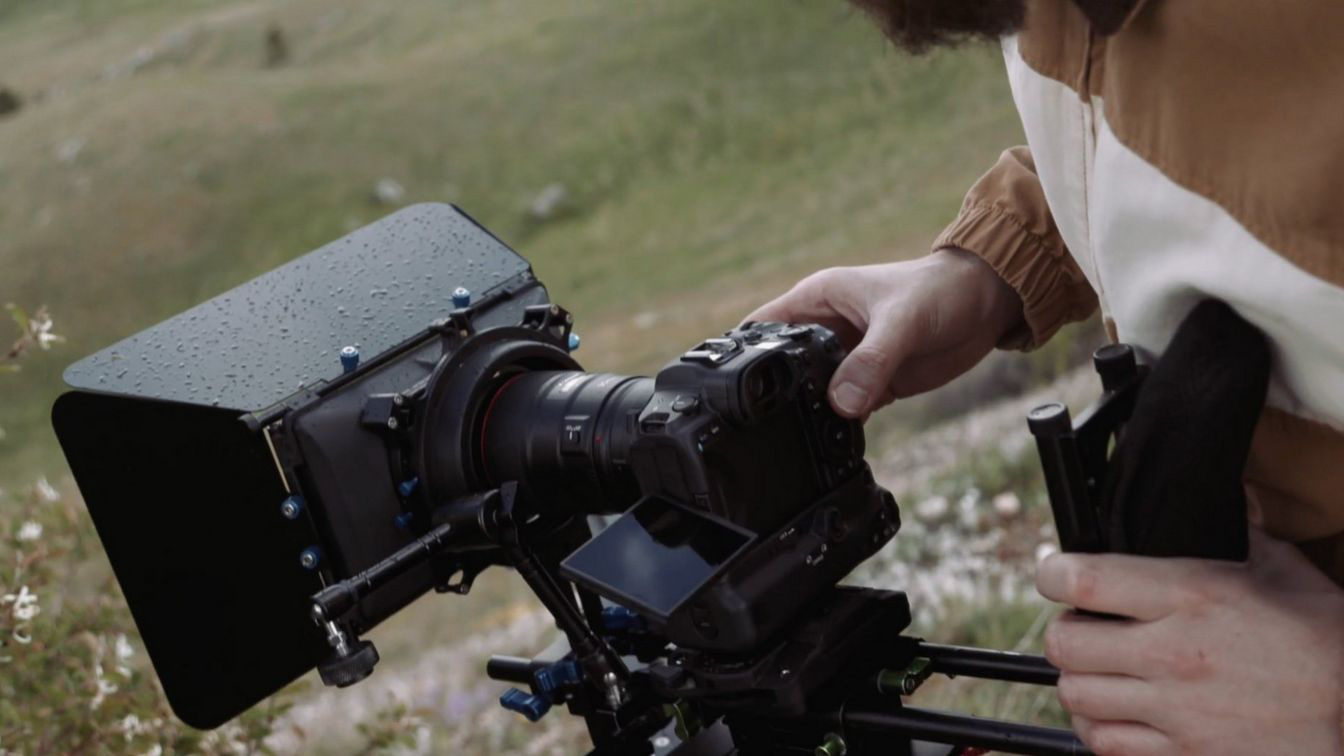
That resolution opens up a lot of options for filmmakers, not just in terms of the quality of your image but also the flexibility you can have when shooting. It's like having two cameras instead of one. Because if you edit and deliver in a lower resolution, say 4K, you can crop into the 8K footage without losing any quality.
Get daily insight, inspiration and deals in your inbox
Sign up for breaking news, reviews, opinion, top tech deals, and more.
This means you can create a second, tighter camera angle, which can be really helpful for editing single-cam interviews. The downside – that you can only shoot for 20 minutes in 8K, before overheating takes hold – isn't really a major downside.
The only thing you need to record for more than 20 minutes is either a wedding or a presentation – and no-one needs to see their company's AGM projected onto the side of a building.
Goodbye gimbals?
On top of the 8K resolution, you can also shoot 4K at 120fps. Until now, this kind of slo-mo speed and resolution has only really been reserved for bigger and vastly more expensive cinema cameras.
It’s a great tool for pro-videographers, as it lets you create stunning imagery that brands and advertisers dream of. Imagine an M&S food advert played at normal speed – its profiterole sales would plummet.
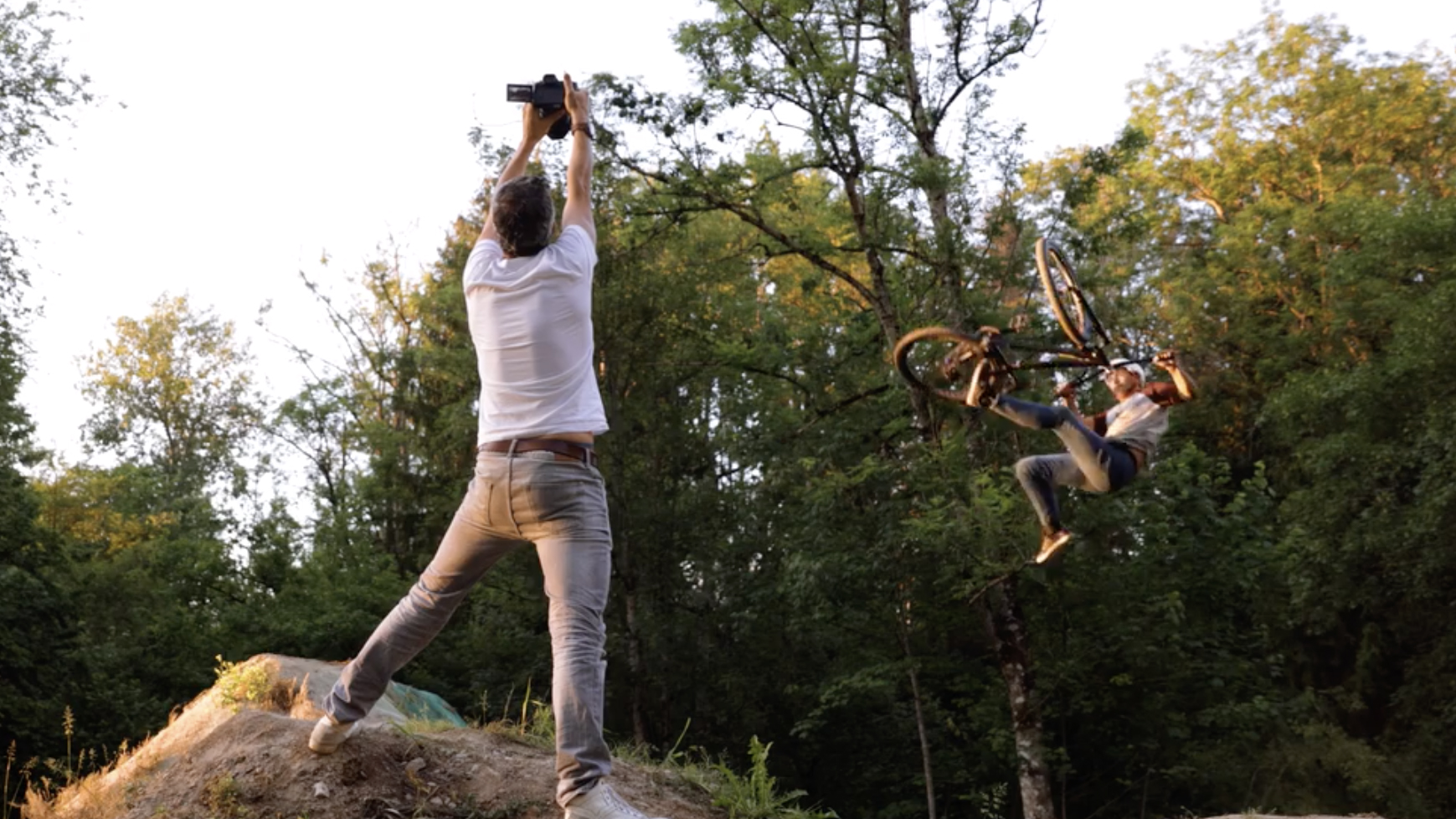
Another big feature is Canon's version of in-body image stabilization (IBIS). This will work in conjunction with any stabilised Canon lenses (as well as non-stabilized ones) and could, in-theory, mean you can say goodbye to gimbals and create super-smooth tracking shots with the camera in your own hands.
It's hard to know this for sure without having used the EOS R5 extensively, but the early examples I've seen look promising.
Bonus content
Remember, we’re also talking about what is predominantly a stills camera here, and it’s no slouch at that department either. You get 45MP resolution, up to 20fps burst shooting (with the electronic shutter), Dual Pixel autofocus, the list goes on.
This is where you start realising the value of the EOS R5. There are plenty of social media content shooters out there who need to do both stills and video and, for them, this camera has got to be at the top of their wish list.
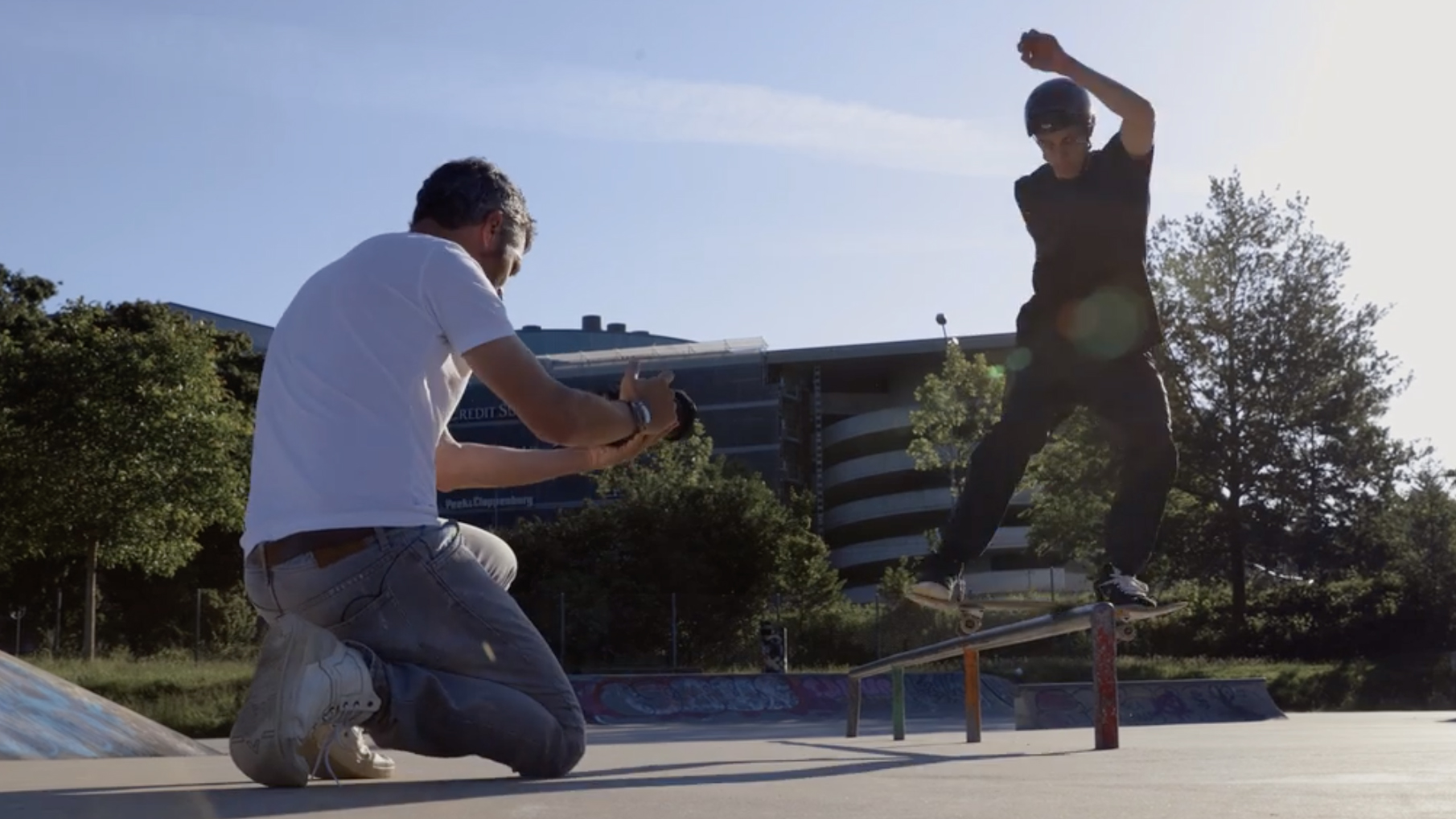
But the Canon EOS R5 will be used in even higher-end projects too. It will be called up to bigger budget, full-on TV and film productions. With the confirmation of these specs, that feels almost inevitable.
Of course, it won’t ever replace a RED Helium or an ARRI Alexa, but I’m sure there will be Directors of Photography (DOPs) and producers out there who will see it as a more than capable B-cam. Its compact size will be a big boon in that arena – David Fincher will almost certainly be bolting it onto all sorts of things.
Twist of eight
Let’s be clear, though – for most people, the Canon EOS R5 is almost certainly overkill.
An amateur videographer doesn’t need 8K. In fact, 8K, as wonderful as it is, comes with a host of caveats. You’re going to need a very well-specced post-production setup just to be able to watch your beautiful 8K files without them dropping frames.
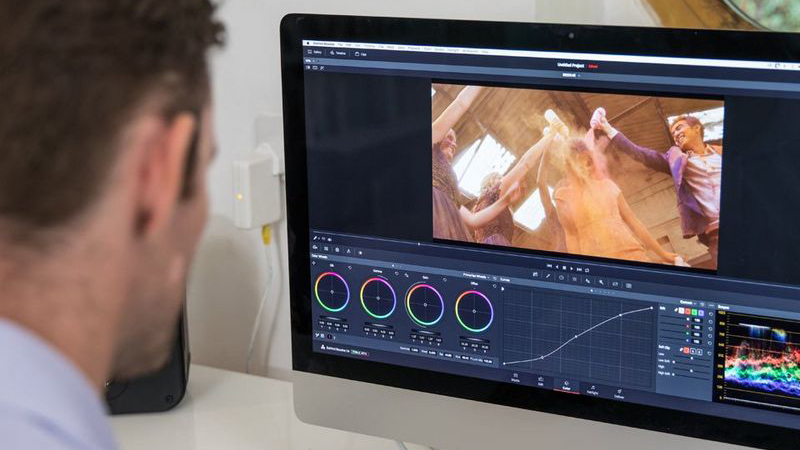
To then have to cut it and run multiple streams of it in Final Cut or Premiere Pro is a whole other issue. And then there's storage and the simply colossal file sizes that 8K Raw will generate.
Even in 2020, no one is delivering in 8K, as there aren’t really any realistic ways of even watching true 8K. You’ll certainly be future-proofed though, I’ll give it that.
The missing links
My production company mostly makes online content for brands you will have heard of, and others you won't. We also spend some of our time trying to make the things we want to make, that no one will pay us to do. Our main camera is the Canon EOS C200 (below), which is an incredible camera – it does everything we need and more.
On paper, the EOS R5 looks like it trounces the C200; it has double the resolution, more impressive codecs, built-in stabilization, is a 45MP stills camera, and has a body that’s about 75% smaller. But if you dig a bit deeper, there are some notable features missing that might hurt a lot of pro-videographers like us.
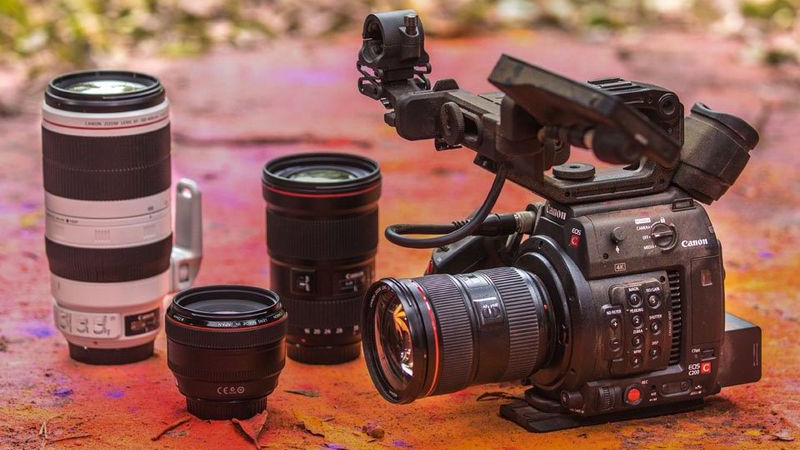
There are no XLR ports, no built-in NDs (Neutral Density filters), no multiple assignable buttons, and no full-size HDMI and SDI outputs. Things like this will mean that, for some people, it simply can’t be a main camera. And let’s be honest the price tag ($3,899 / £4,199 / AU$6,899, body-only) isn’t cheap by anyone’s standards.
If you don’t need 8K (and we’ve already established that no one really does at the moment), there are other more affordable options out there. The Panasonic GH5 and rumored Panasonic GH6, Sony Alpha A7R III, and Sony A7S II (soon to be succeeded by the Sony A7S III) are all cameras that can be found for half the price. Or even less in some cases.
Ultimately, it’s a battle of pros and cons. What features are more important to you, and what will serve the type of work that you do better. For me, the Canon EOS R5 is very appealing given its specs and price, but it would still fall short in doing the work that I do day-to-day.
It couldn’t be our main camera, but as a B-camera and something that will give us options on certain projects, sign me up. It’s currently the only mirrorless camera I would buy and I think it definitely earns its label as a “game-changer”.
- These are the best cameras you can buy right now
Tim Bunn is Writer/Director at Belafonte and Joe & Tim. He has made films starring Martin Freeman (The Office, Sherlock, Fargo), Julian Barratt (Nathan Barley, The Mighty Boosh) and Sean Lock (8 Out Of 10 Cats), and screened internationally at Festival de Cannes, LA Shorts Fest, Austin Film Festival and Raindance, among others.
